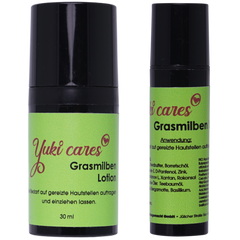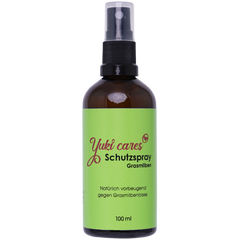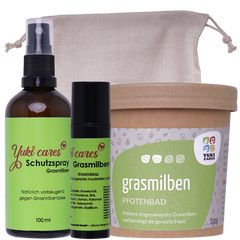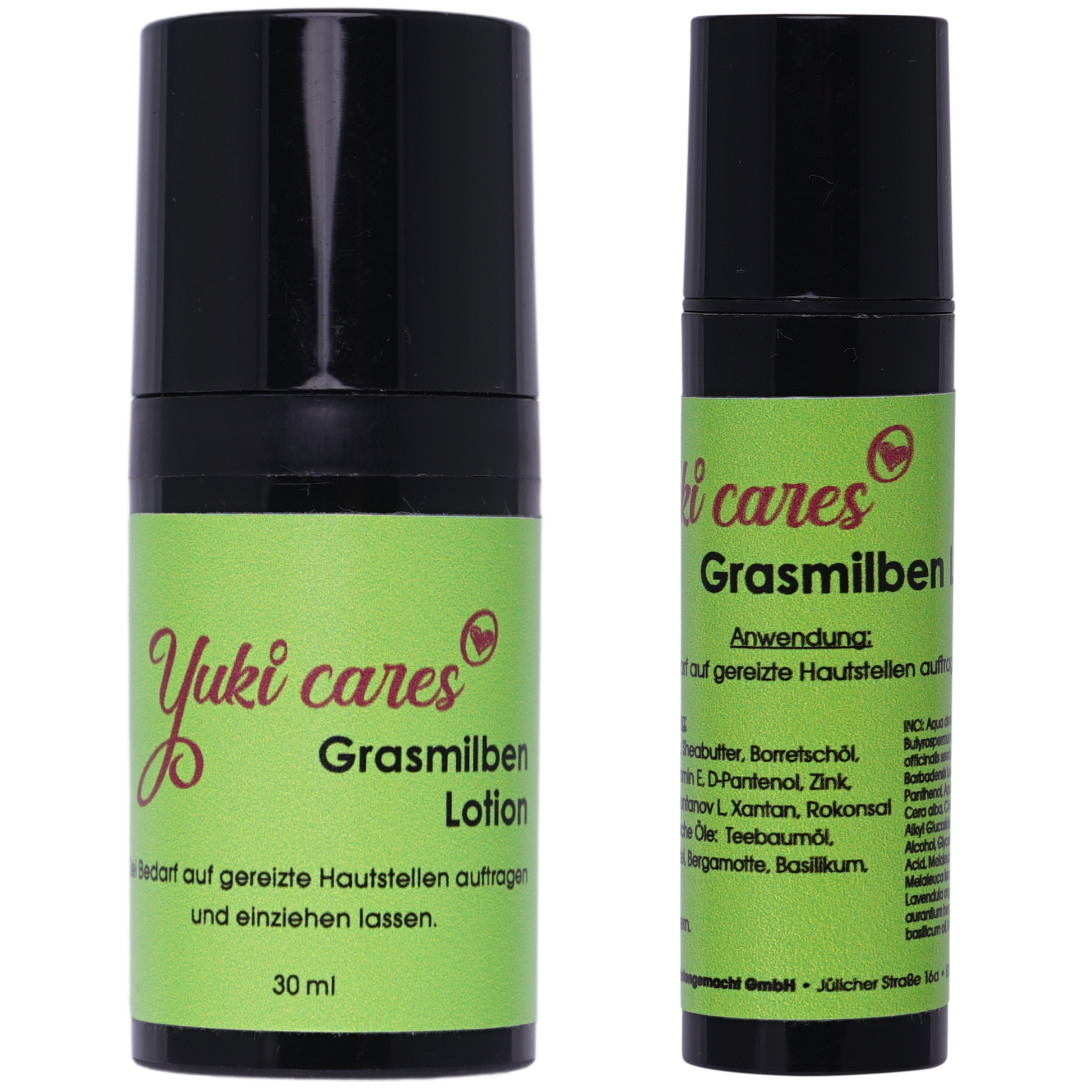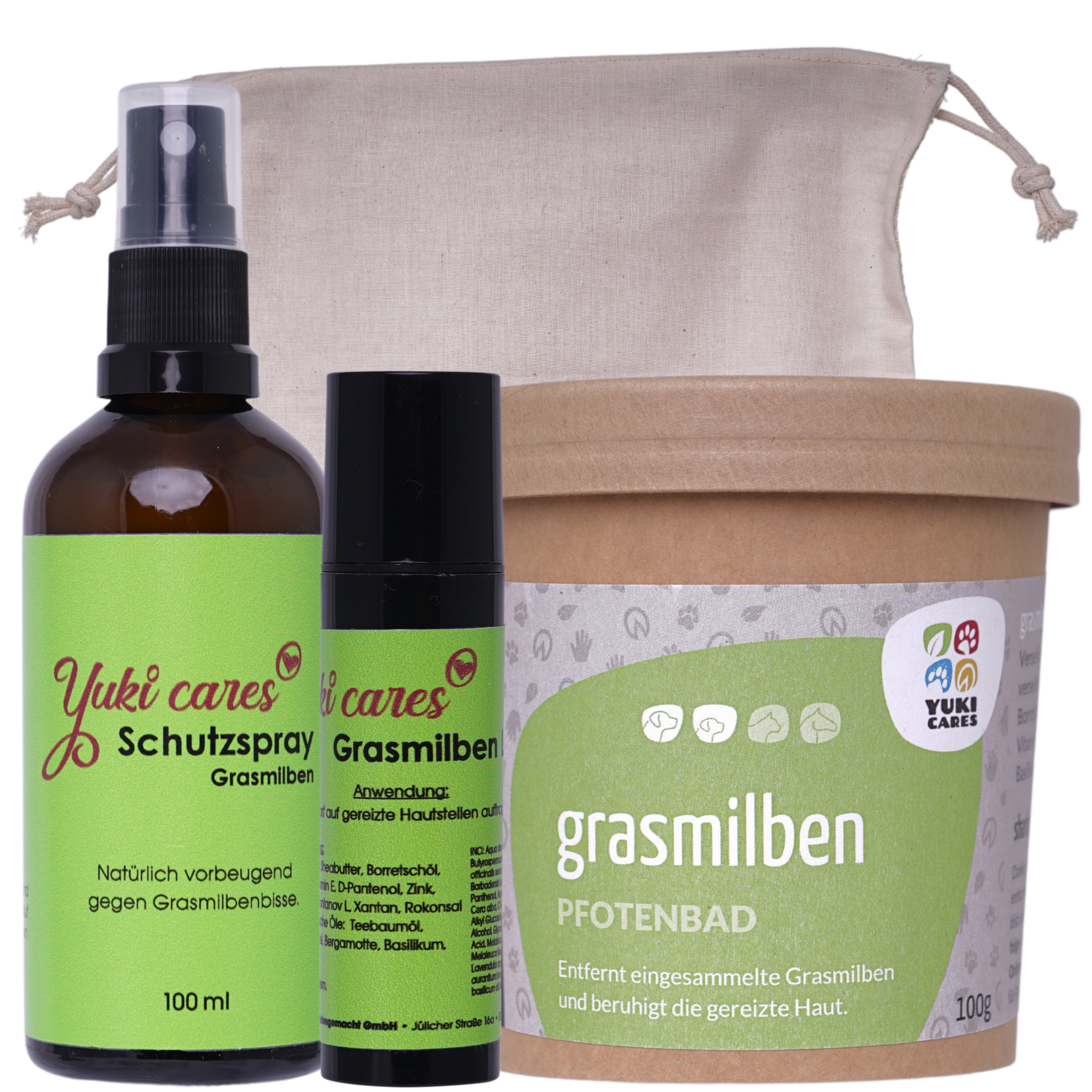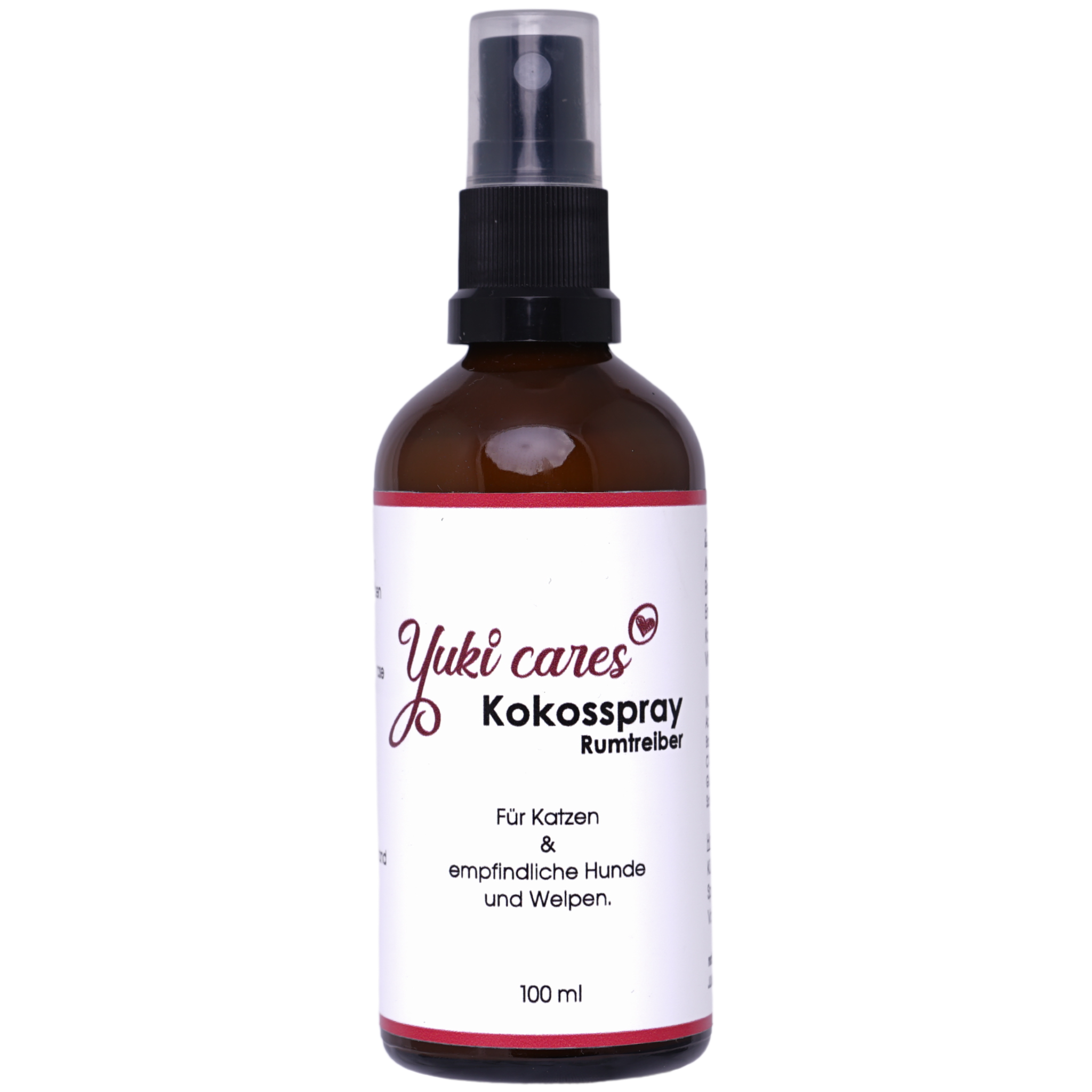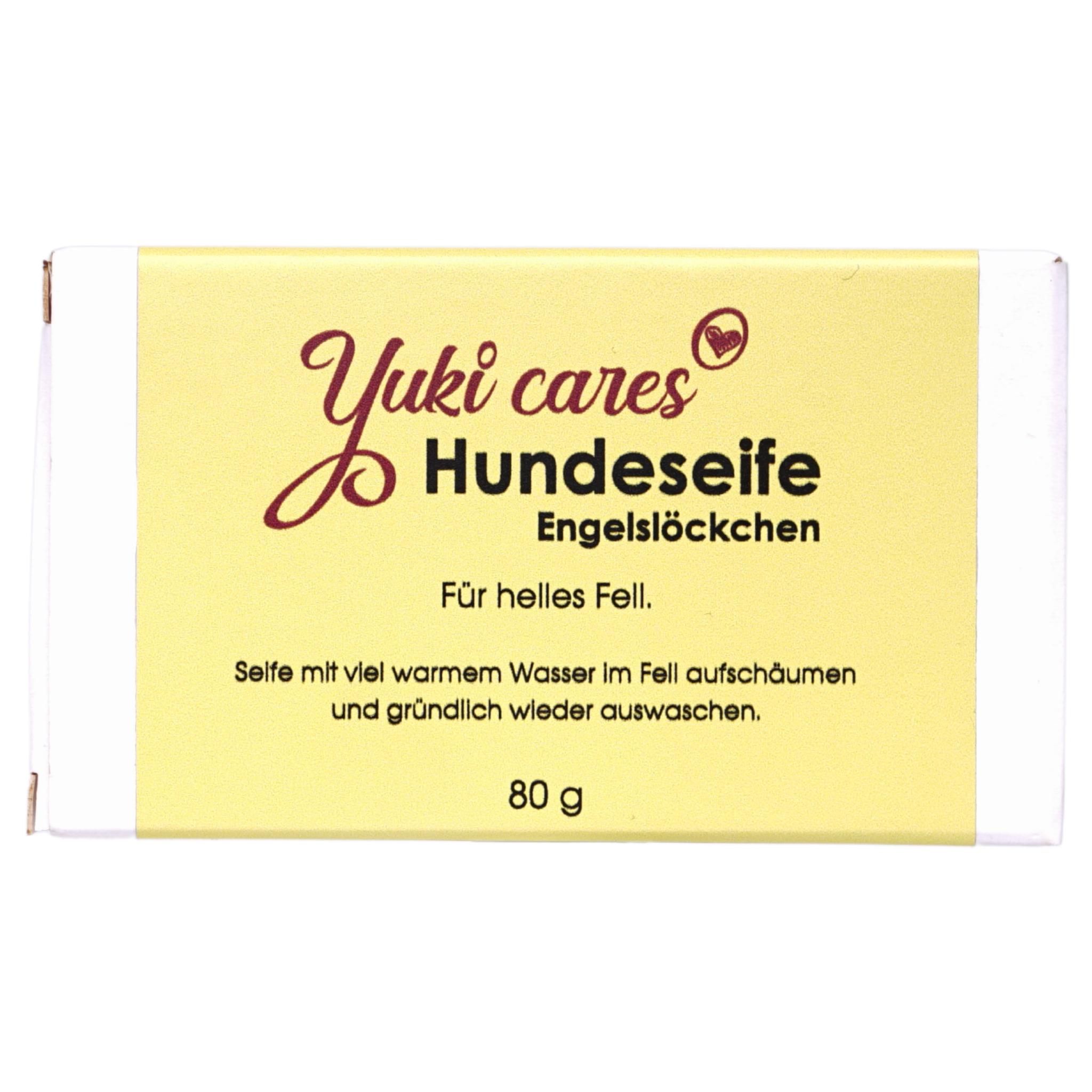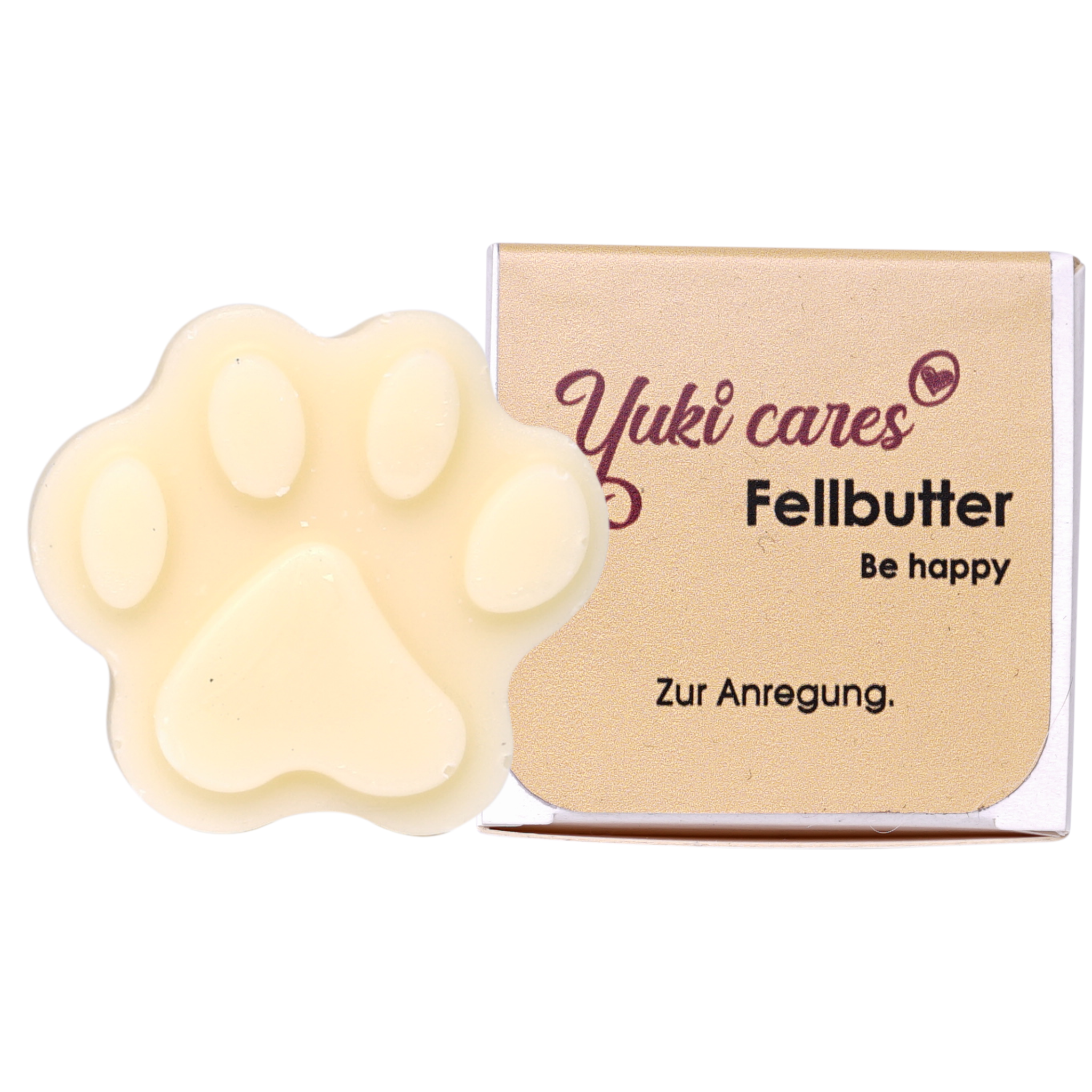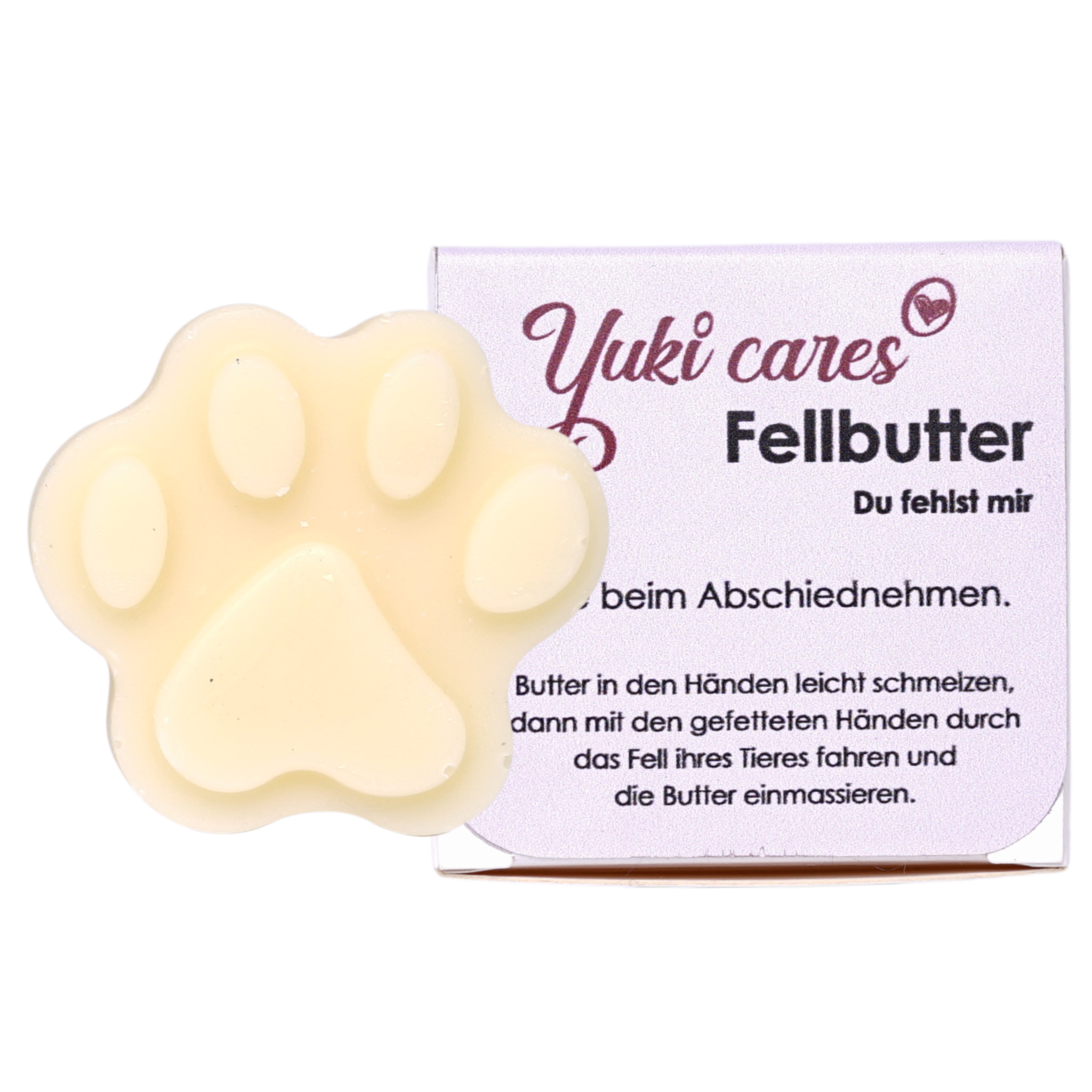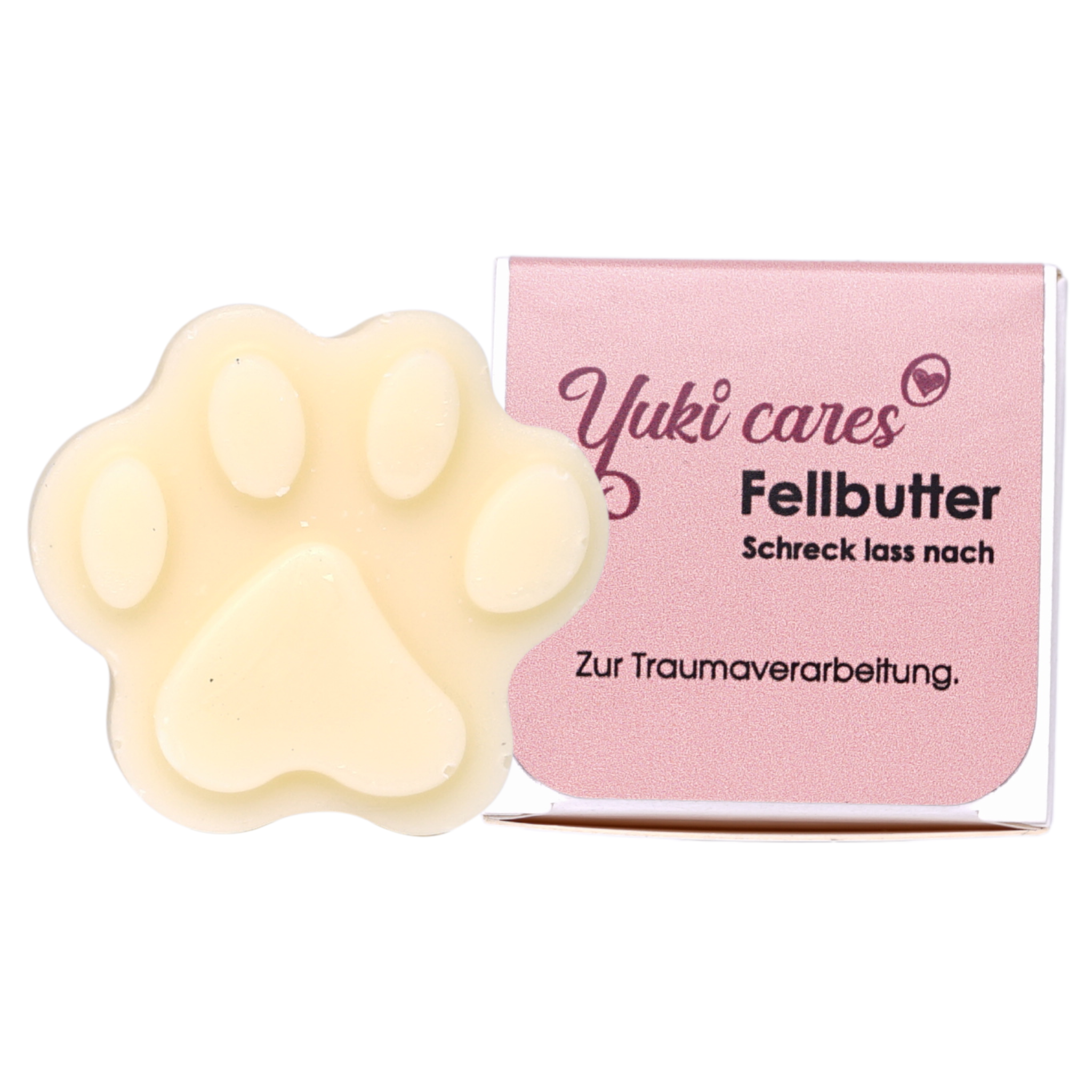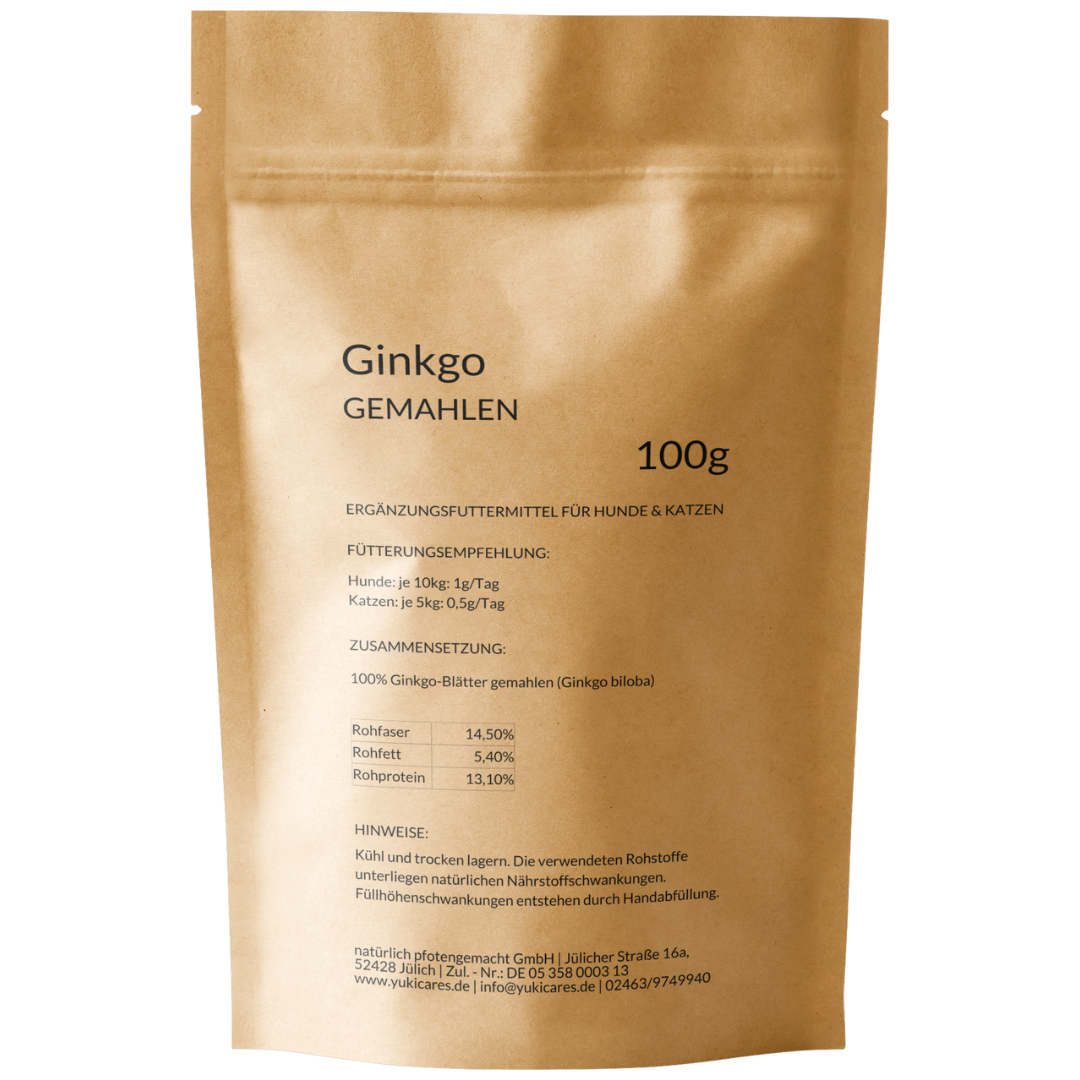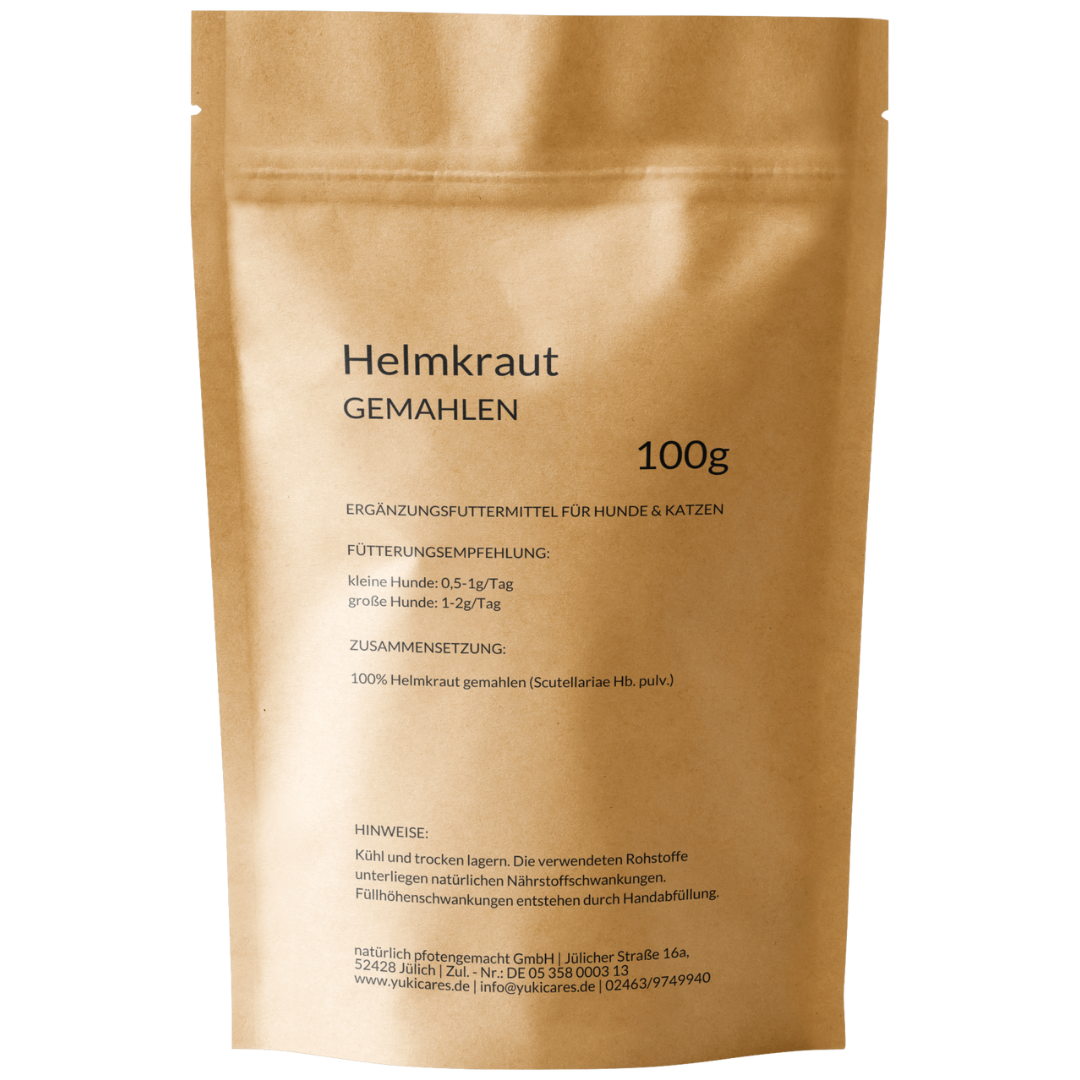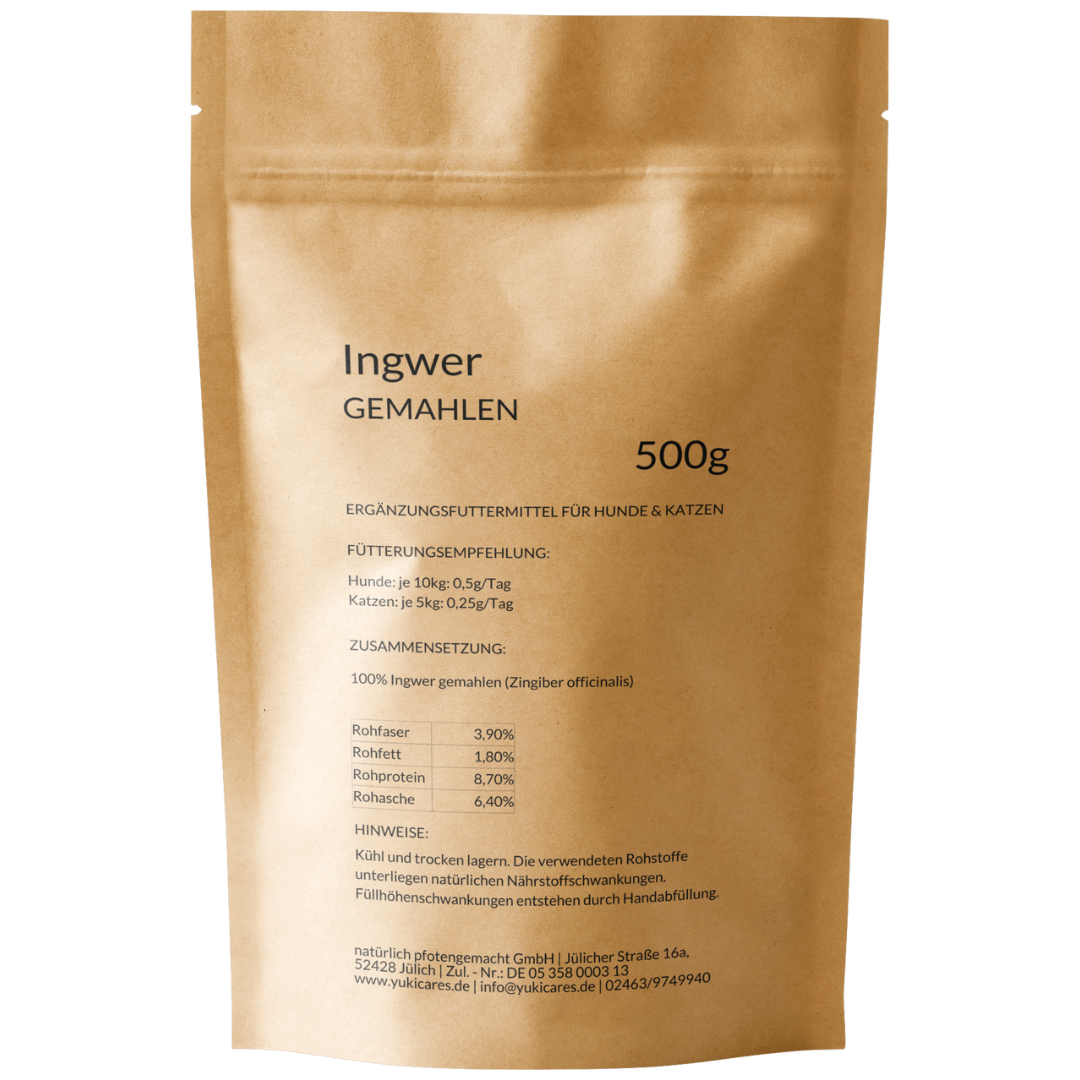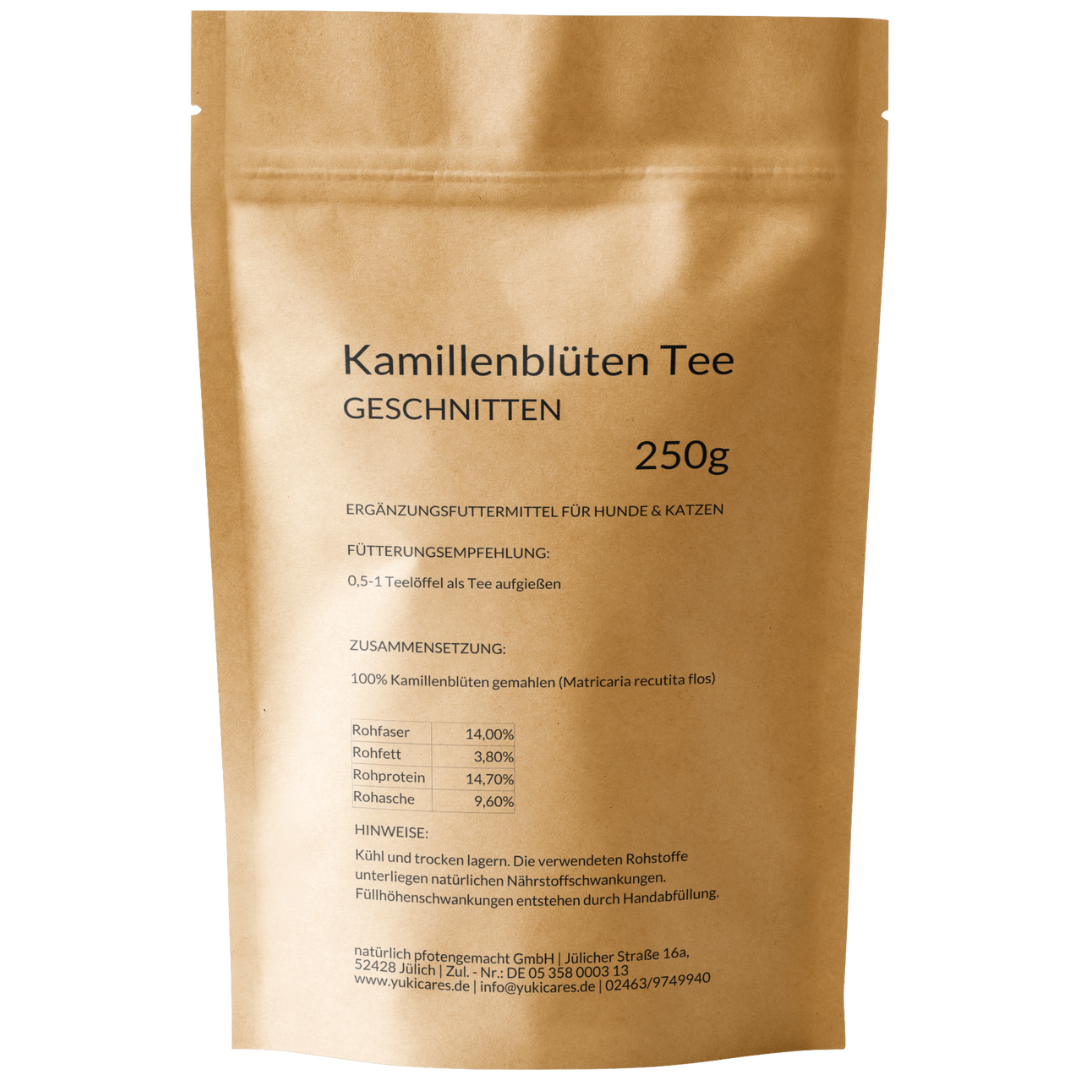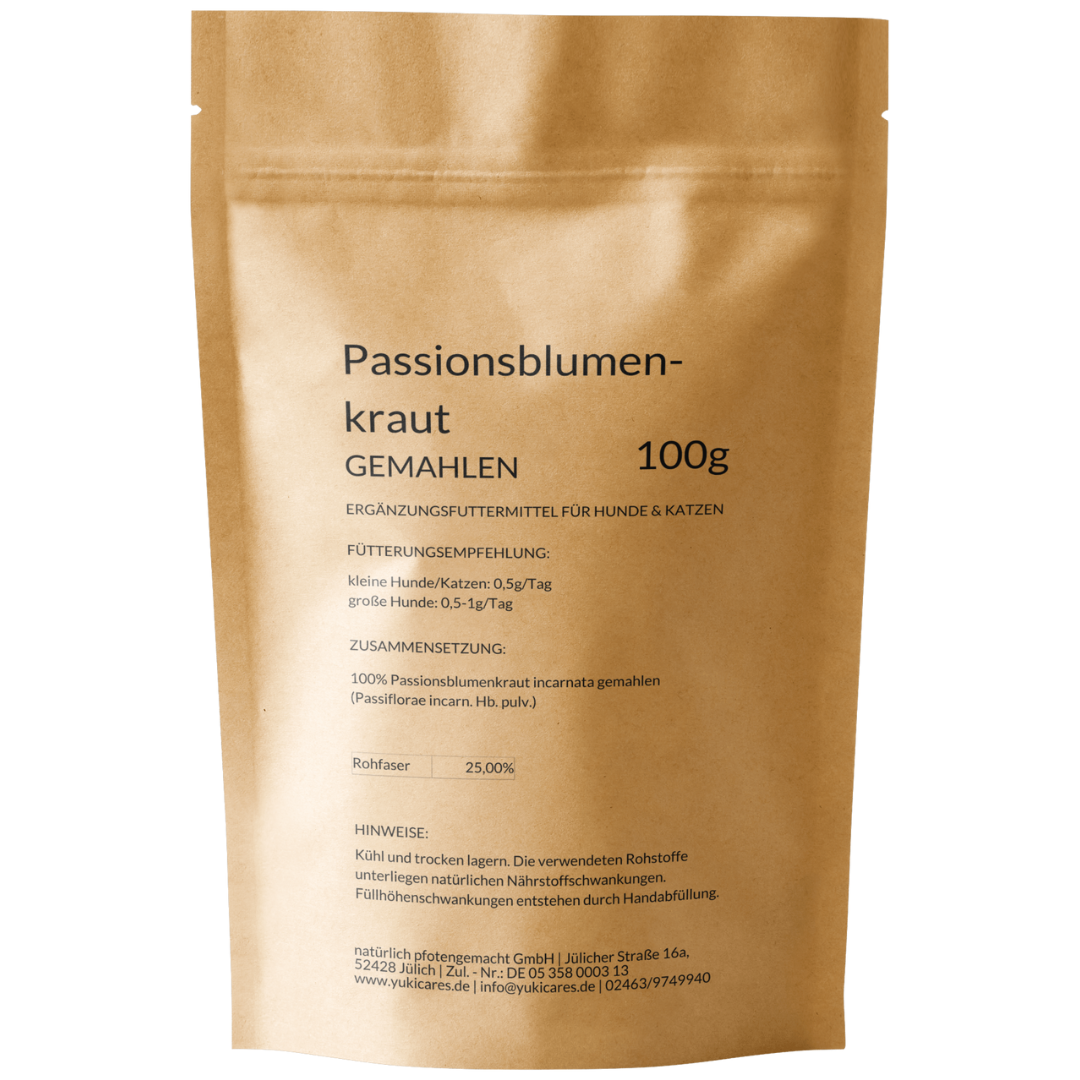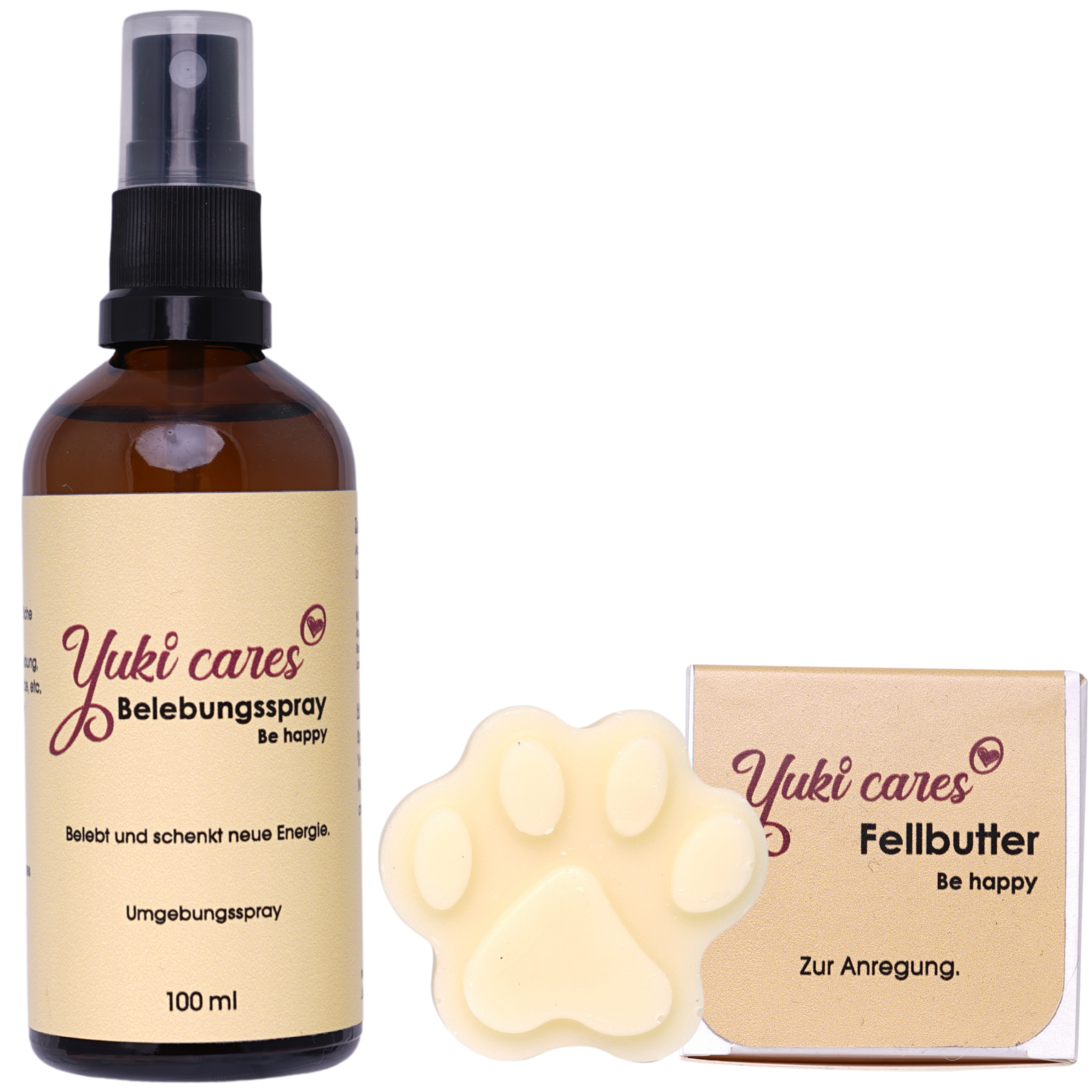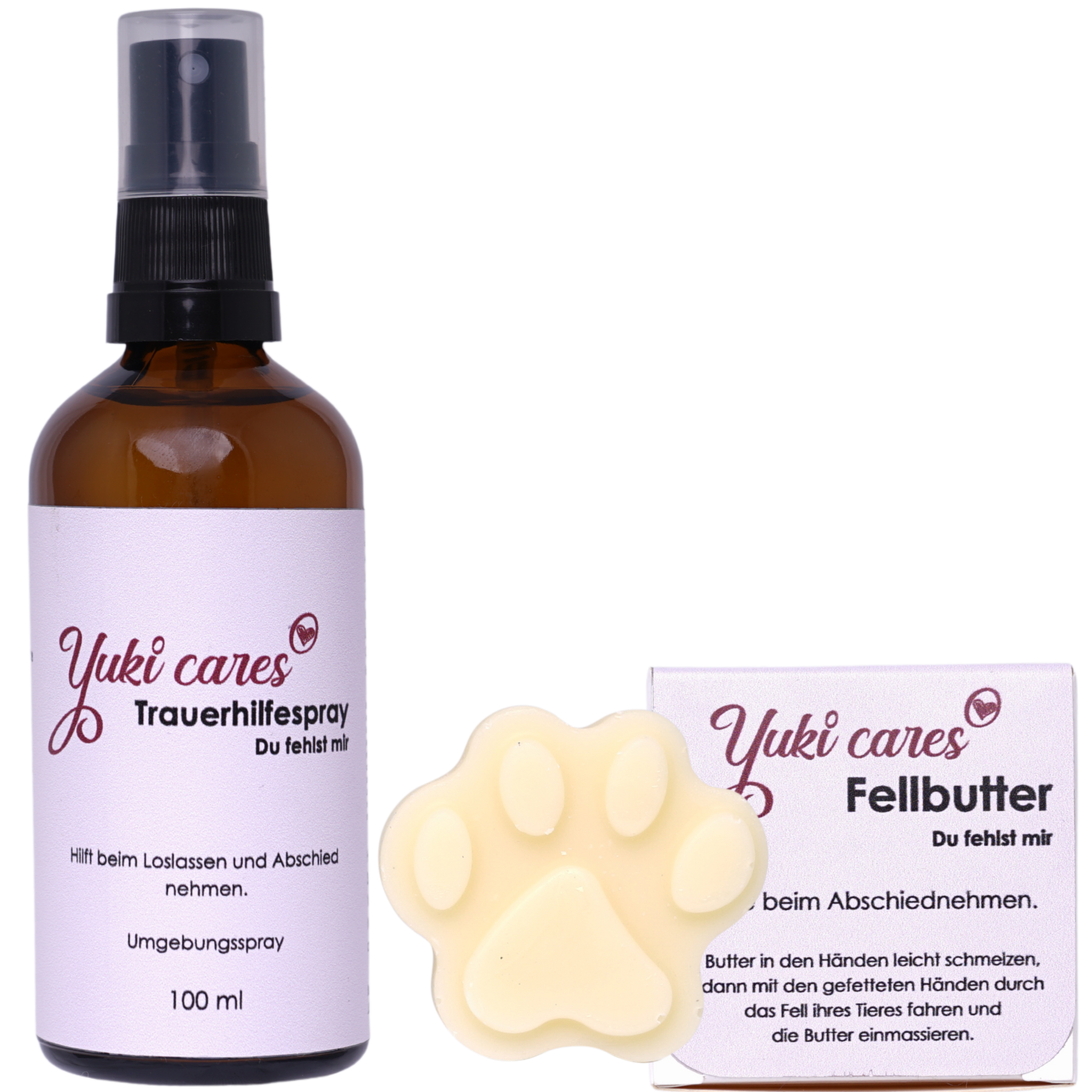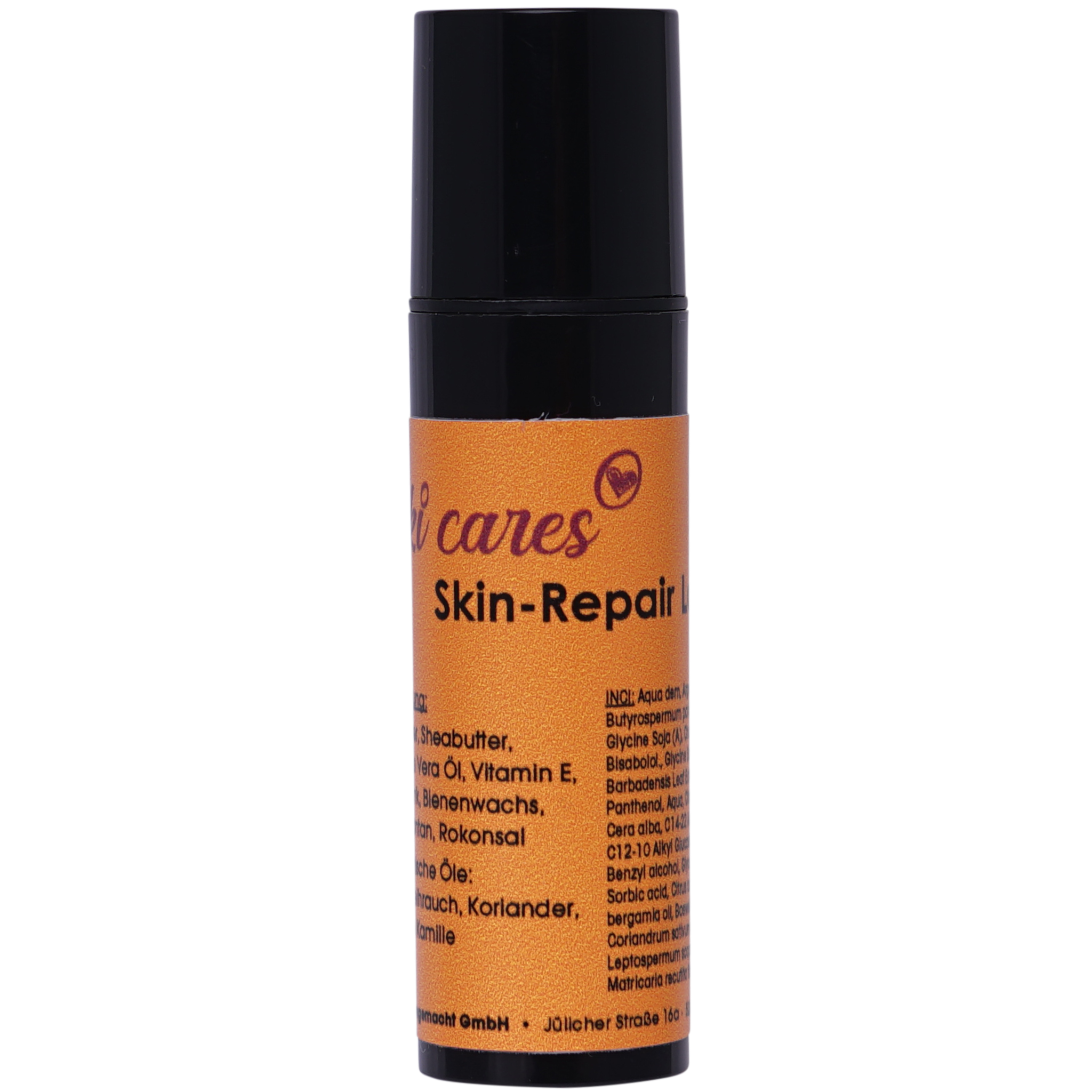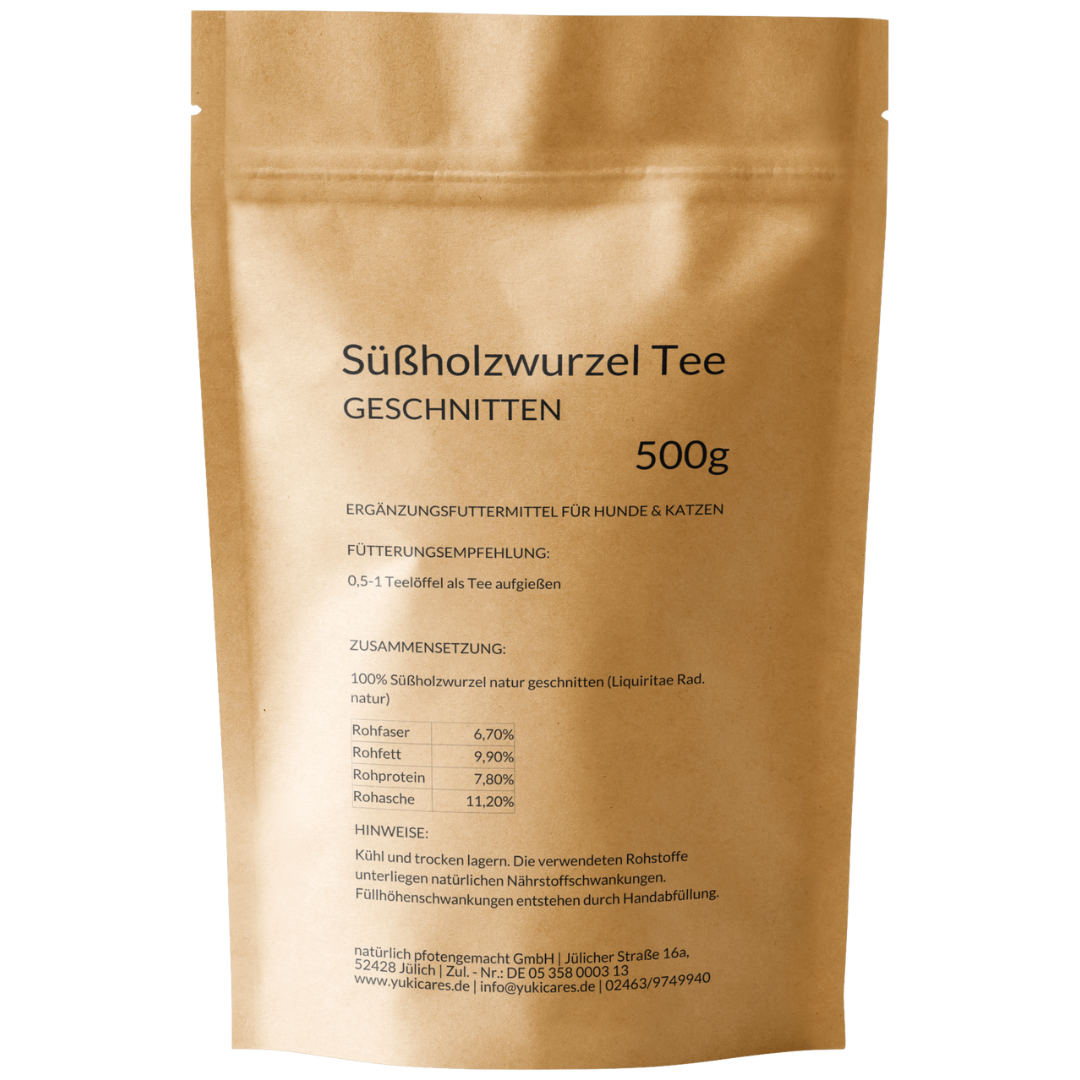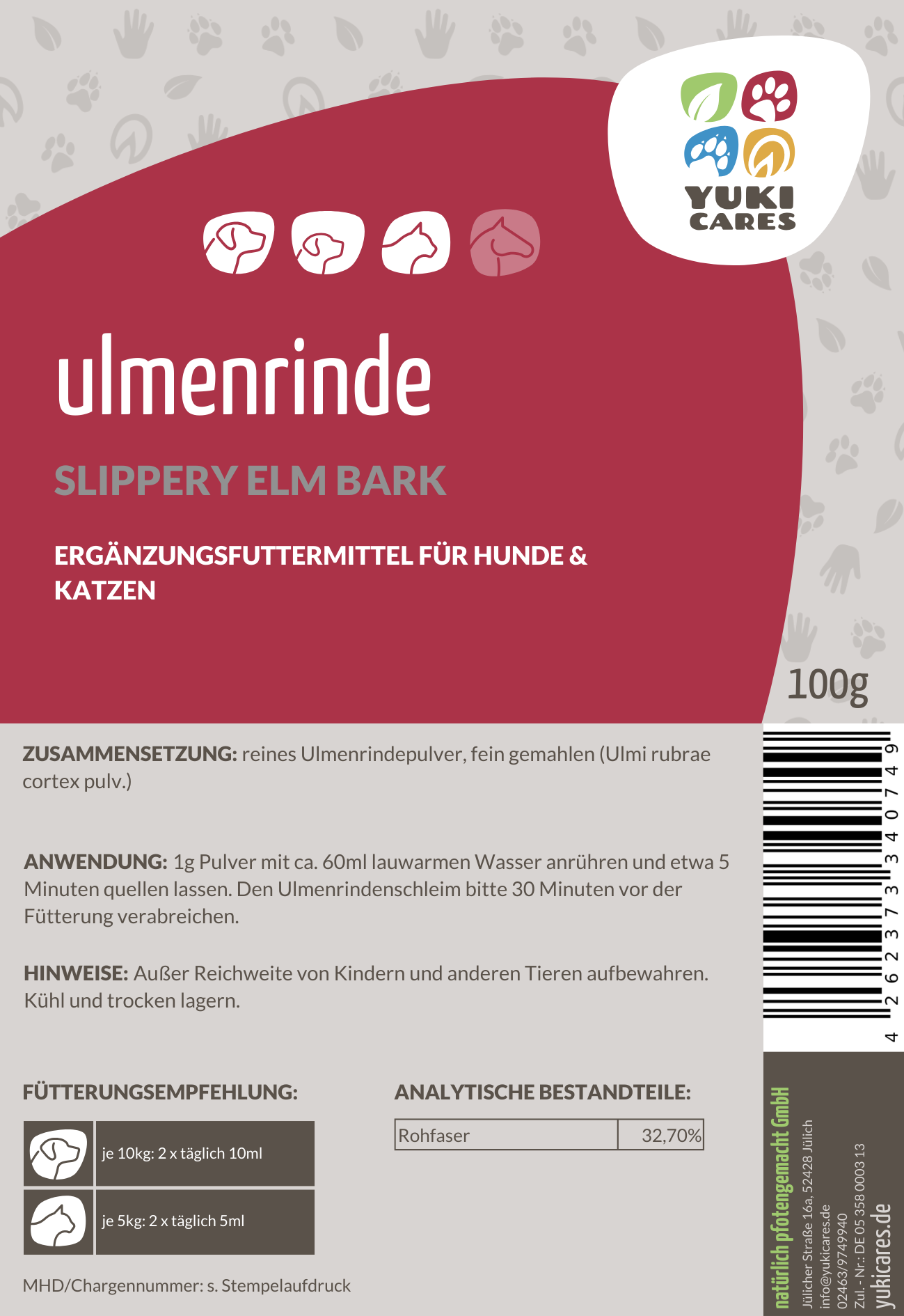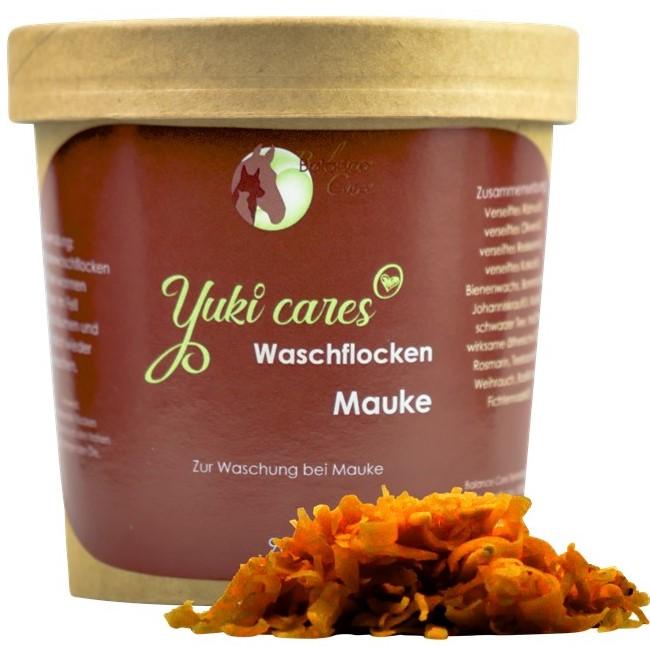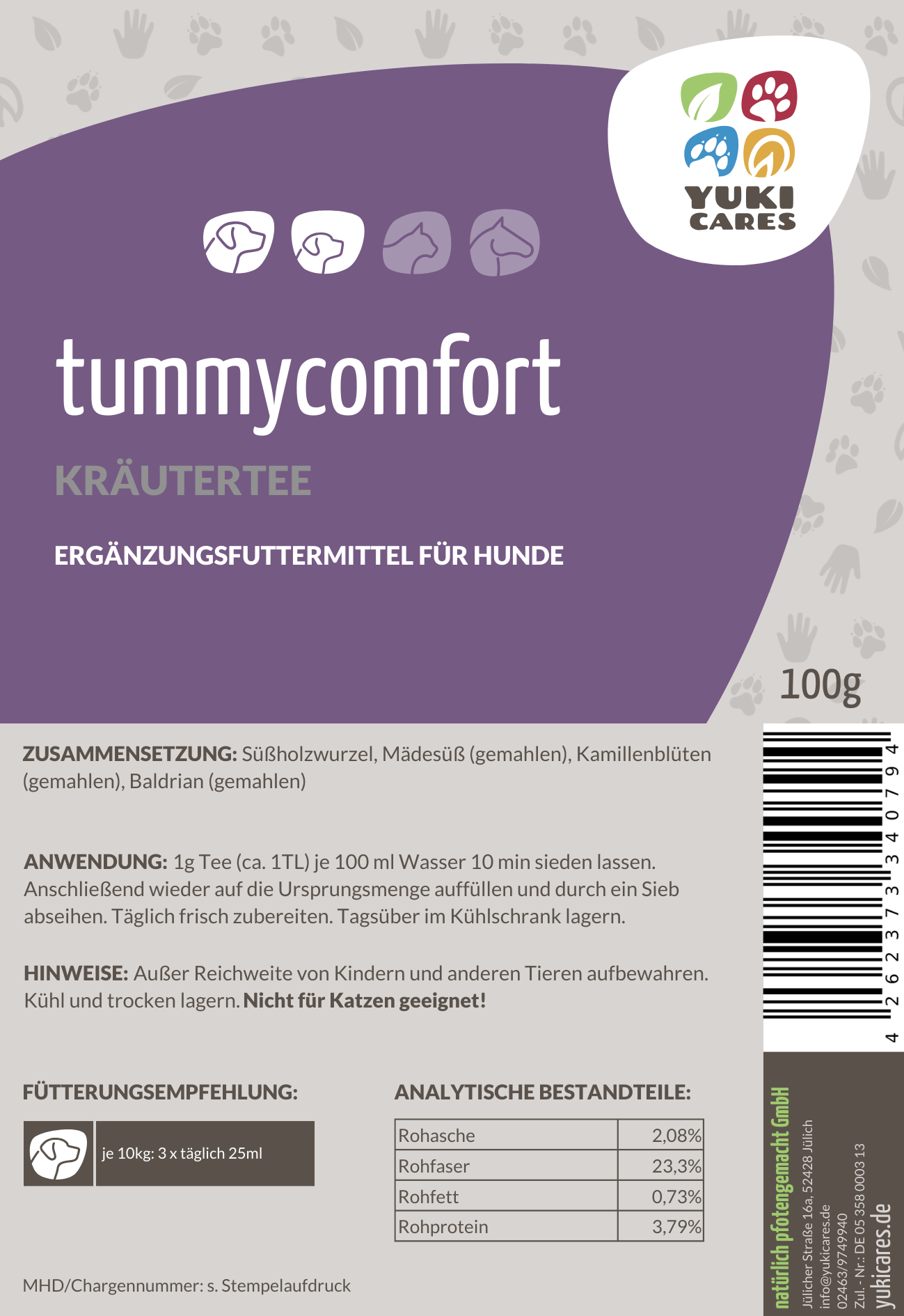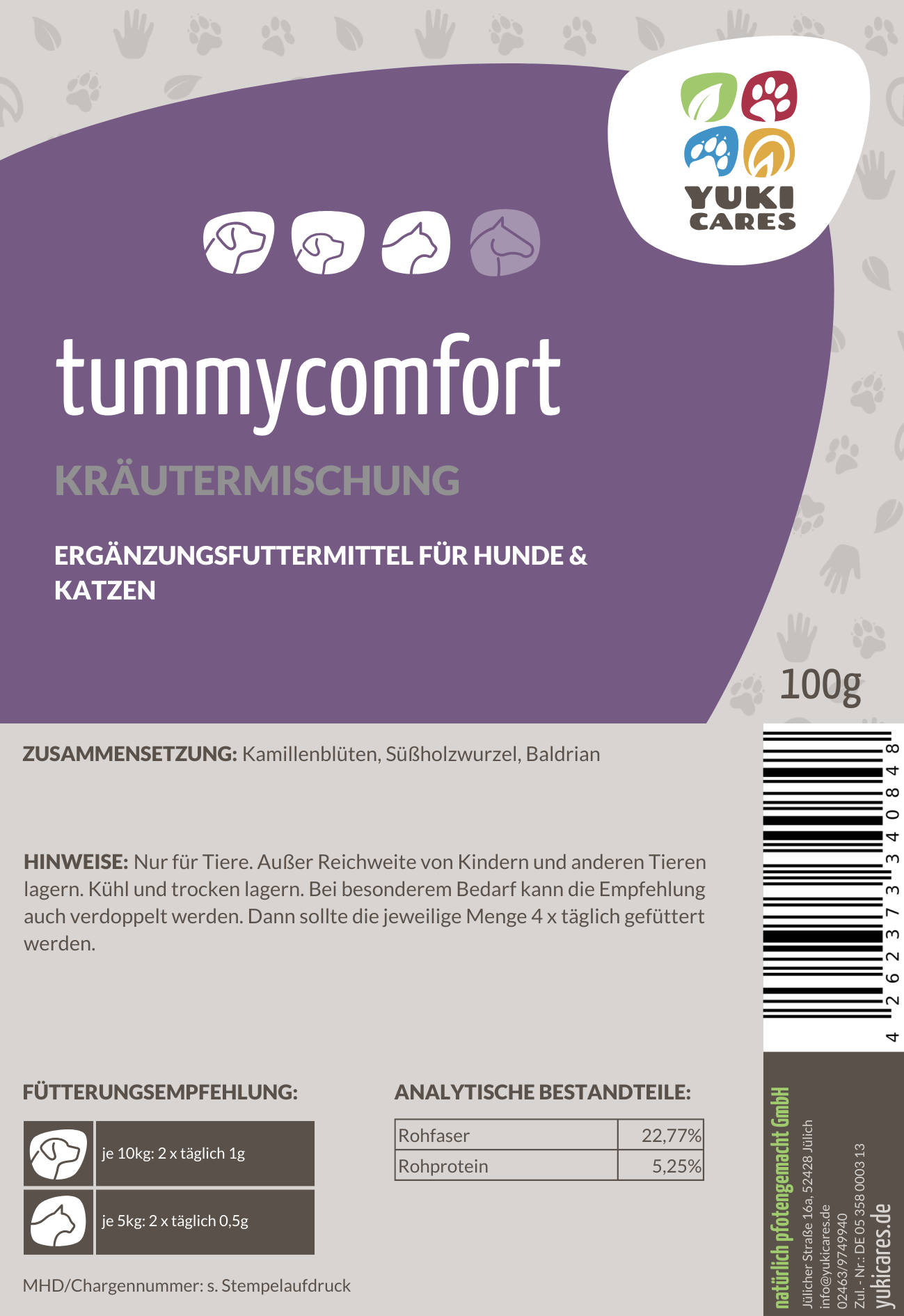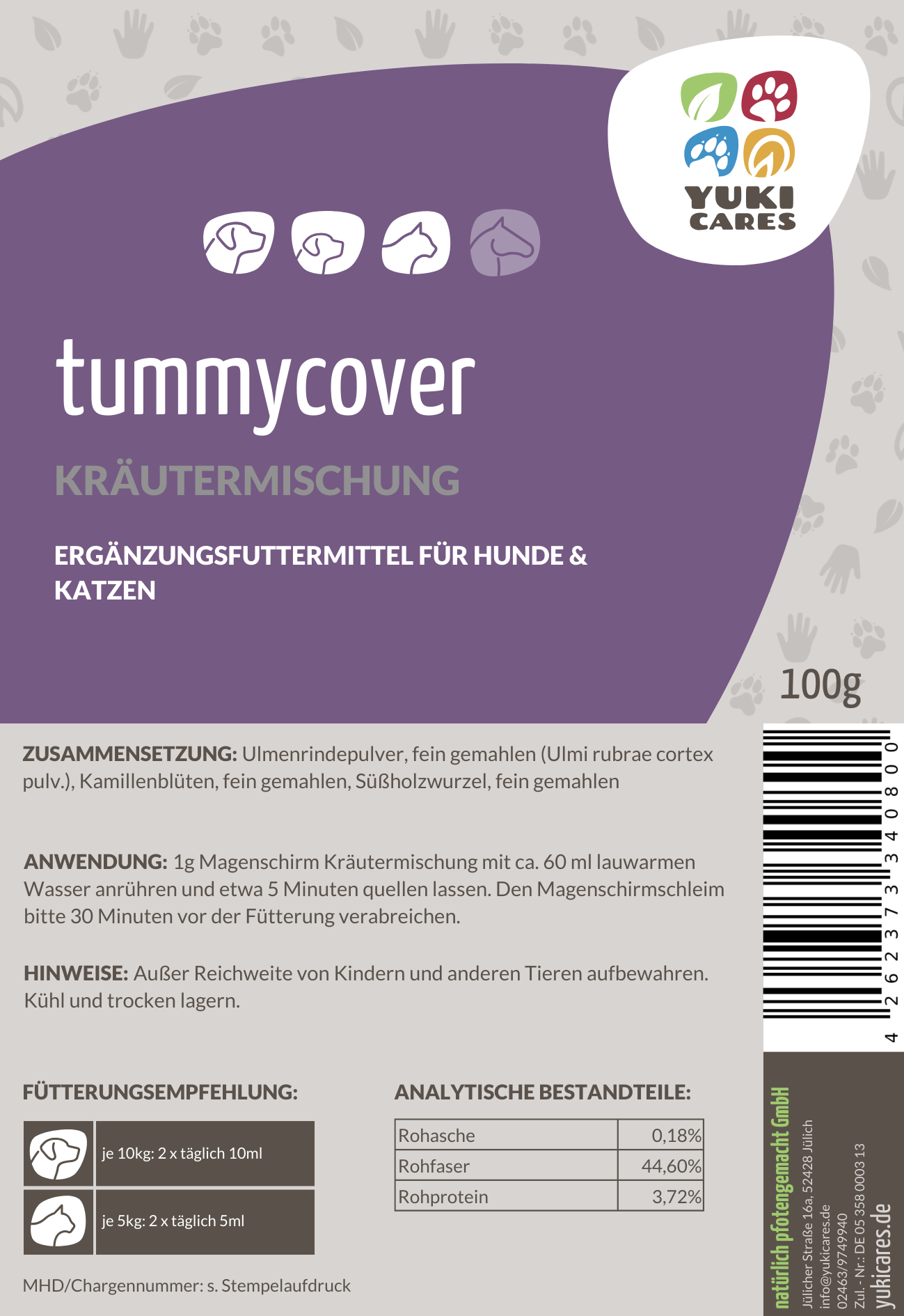Grass mites are among the most annoying pests among parasites. Perhaps you've already encountered them? They pester not only dogs and cats, but humans as well. A grass mite bite causes various unpleasant side effects. Although they are widespread throughout the world, they are particularly numerous in some regions. These include the Rhineland, Hesse, and Bavaria. In Bavaria, the area around Munich is a favorite habitat for grass mites. These unpleasant creatures may be annoying, but they don't transmit any diseases.
Inhaltsverzeichnis
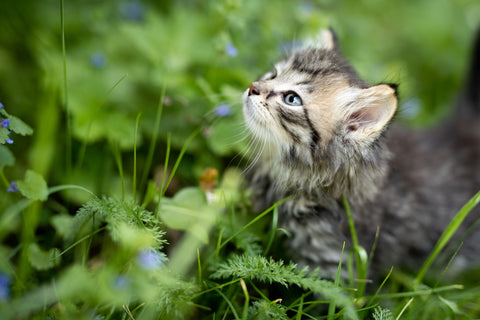
Recognizing grass mites and their bites
What are grass mites and what do they do?
These arachnids live underground. They are related to ticks. You know them by various names. These grass mites (Neotrombicula autumnalis) are also known colloquially as autumn mites, harvest mites, or hay mites. The adult mites are just 2 millimeters in size. Our problem and that of our beloved four-legged friends begins with the mites' reproduction. The mite eggs are laid above ground. Once the larvae hatch, the parasite's life begins. To grow, they require cell sap and lymph from mammals or birds.
They are not bloodsuckers like mosquitoes, for example. They lie in wait for a host in the taller grass. They use their biting tools to scratch the skin and secrete saliva. This secretion dissolves the tissue. Anatomically speaking, they cannot sting, only bite. They can accidentally damage capillaries and, of course, then ingest blood. But this is not the case. In common parlance, this is usually referred to as a mite bite. When they have fed enough, they drop down. The grass mite's further developmental stages pose no problem for us or our pets. The adults disappear underground until their reproductive cycle begins again.

What do grass mite bites look like?
Grass mite larvae are difficult to see with the naked eye. This is due to their size (about 0.3 mm). I can still remember, as a child, always chasing small red dots on a friend's patio tiles. Now I know they were grass mite larvae. You usually don't notice a mite bite right away. The result of grass mite bites are small red dots. They are easily confused with insect or flea bites. In adults and children, you can find them in warm, thin-skinned areas of the body, such as the backs of the knees or in the groin. There are usually several red dots.
The saliva secretion triggers allergic reactions such as itching, small, hard hives, pustules, and skin redness. Very sensitive adults or children may develop a rash. Skin rashes can appear in various places on the body, not just at the bite sites. As a little girl, I used to get them on both thighs and my stomach after playing in the sheep pasture, for example, and it was horrible; it made me itch like crazy. However, a rash caused by autumn mites is quite rare. This allergic reaction is usually triggered by house dust mites.
It's harder to spot grass mite bites on your dog or cat. This is mainly due to your four-legged friend's fur. The fur growth is usually less dense on the stomach, lower back, and ears. You may notice small red dots there. But otherwise, your four-legged friend's reactions indicate a grass mite infestation or bite. Pay attention to the areas your dog or cat scratches or nibbles more frequently. The chest and the space between the toes can also be affected. If your dog likes to lie lengthwise in the grass, grass mites can also bite on its back. Some animals will bite the affected areas until they bleed because of the itching and will become really worked up about it.
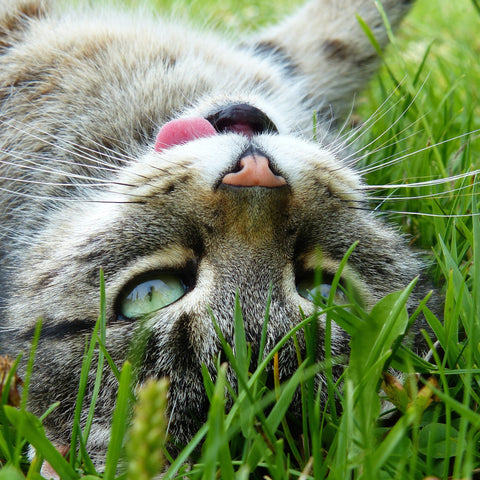
How long do grass mite bites itch?
The severity of the itching varies, depending on the sensitivity of the skin. It usually develops some time after the bite, sometimes even a few hours later. This unpleasant irritation can last up to two weeks. The grass mites leave the human host after a few hours.
Infestation can last up to three days in dogs and cats; in light-colored animals, the small, red grass mite larvae can sometimes be seen in the fur. The itching in our pets already occurs while the grass mite larvae are present. If scratching aggravates the itching, healing can be delayed and inflammation can develop.
Some people or pets can become resistant to the unpleasant side effects. Antibodies are formed after the first bite and prevent the effects of subsequent bites.
Duration of itching and rash due to grass mites
How long does the grass mite rash last?
The grass mite rash occurs along with other symptoms. Itchy skin, reddening of the skin, and minor swelling in the area of the bite are part of the overall picture of mite bites. Constant scratching can worsen the reddening and rash. The symptoms subside after about 10 to 14 days. If a rash develops, you should use moisturizing creams to support healing.
What helps against grass mite bites and rash?
If you've been bitten by a grass mite, use a bite healer. This product is helpful for insect bites and mite bites. A bite healer can reduce the initial unpleasant symptoms (swelling, redness, itchy skin) by eliminating the irritants in the mite's saliva.
Cooling is the most effective way to relieve itchy skin. You should use cold water. A cold shower for you and your dog. Many furry friends are water lovers and enjoy contact with cold water. Cooling pads or ointments also relieve the itching. After a walk, you can wash your dog's paws (and any other affected body parts) with our grass mite paw bath . This will both wash the grass mite larvae out of the fur and soothe the bite areas, preventing the itching from becoming too severe.
An alcohol solution (definitely not for cats!), apple cider vinegar, or our grass mite lotion* can also provide quick relief. The lotion is also suitable for direct application to cats to relieve itching after going outside. Unfortunately, most cats don't like bathing. Homeopathic remedies are also effective in treating the symptoms of mite bites. This applies to both humans and pets. However, you should always consult a homeopath first to find the right remedy for you!
The less you damage your skin by scratching the grass mite bite or rash, the faster the symptoms will go away without further problems. This also applies to treating dogs and cats. You must prevent your four-legged friend from scratching and nibbling so that the symptoms can heal smoothly. Excessive scratching further damages the skin and can lead to inflammation.
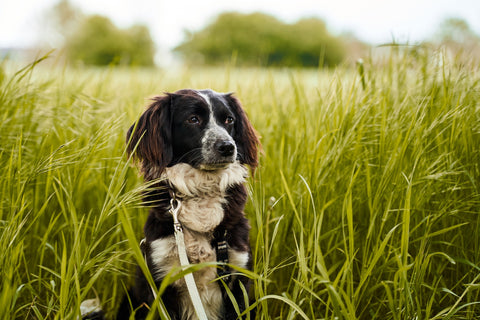
In summary, the most important points that help against grass mite bites:
- Cool
- Maintain
- Protect
How can I prevent grass mite bites?
If you use insect bite repellents, you're on the right track. The aroma and scent of these repellents also disturb the grass mite larvae. Yuki cares'Grass Mite Skin Protection Spray for your dog and the "Rumtreiber" Coconut Spray for your cat are the right choices. Appropriate clothing (long pants, tight waistband) can also prevent or worsen grass mite infestation.
For further protection against autumn mites, water is a good option. After a long time outdoors, you should take a long shower and put your worn clothes in the washing machine.
You can shower your dog in the garden or simply send him to the nearest stream to play. This will wash the grass mites out of his fur, preventing them from biting. Plain water is sufficient if your pet isn't particularly sensitive to grass mites or isn't showing any symptoms. If you know your dog reacts to grass mite bites, you should use our Paw Bath to rinse the dog's paws to soothe the skin immediately.
Tip: Place a bowl containing a solution of water and our Grass Mite Paw Bath* next to the front door. This way, you can clean your dog's fur with a cloth after every walk.
A tick and flea repellent is also helpful for your beloved four-legged friend. You can also apply natural ingredients like essential oils to your socks, shoes, and trouser legs to make them unappealing to the larvae.
All of this is useful when you're outdoors (in forests and meadows) with or without your four-legged friend. If you have your own garden, you can do even more.
Keep your lawn short. Mites love taller grass, making life more difficult for them. Water the lawn in hot weather. They don't like water either. Autumn mites have a preference for mice. Try to reduce the mouse population. Mice are particularly attracted to compost heaps, and thus, mites too.
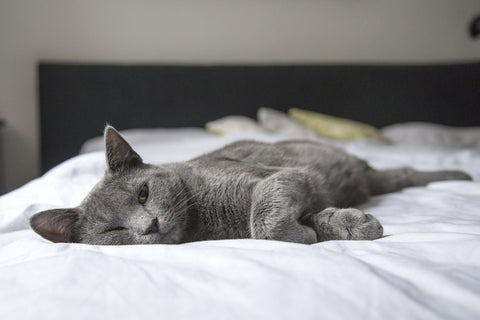
Grass mites in bed?
Autumn grass mites accidentally find their way into your bed or your pet's bed. They are "carried" into this area by their host. After their meal, these little creatures drop back down and accidentally land in the bed. If you suspect something is wrong, you can easily spot reddish-orange dots on the white sheets. These are the grass mite larvae. To be on the safe side, you can look for these creatures with a magnifying glass.
How long do grass mites survive in bed?
Generally speaking, the presence of these little creatures in your bed isn't problematic. They don't nest. They only bite once, and they don't reproduce. As the name suggests, grass mites live in grasses. The adults don't survive indoors. They are vegetarians and need plants for food. The larvae can't survive indoors long-term either. Once the larval phase as a parasite is over, the subsequent growth phases depend on plant-based food. Therefore, these also die. Theoretically, you could just wait it out. But who does that?
What remedies can I use against grass mites in bed?
The easiest way to remove grass mites from a bed or dog bed is to wash it. Wash duvet covers, pillowcases, sheets, and dog blankets in the washing machine at 60°C. Place all other items (pillows, dog cushions) in the freezer. Vacuum nearby carpets. Damp-mop the floor to catch all the mites as they escape. Either damp-mop the base of the dog bed or place it in the freezer. Vacuum the mattress or place it in the sun. Using all of these methods, you can easily remove grass mites from your bed and house.
Conclusion
As unpleasant as these little pests are, it's easy to take action. There are several ways to prevent a bite or sting for yourself, your children, or your dog. If it's already happened, you absolutely have to block the urge to scratch. For animals, you can also apply our Nibble Stop* to the affected skin. The bitter taste deters dogs and cats from nibbling and licking. If you can achieve this, nothing will stand in the way of healing. These little arachnids may be unpleasant and annoying, but they're harmless.
Text by Balance Cure Tierheilpraxis & Textbroker / Pamina 2
Photos by Balance Cure Animal Healing Practice & Pixabay



